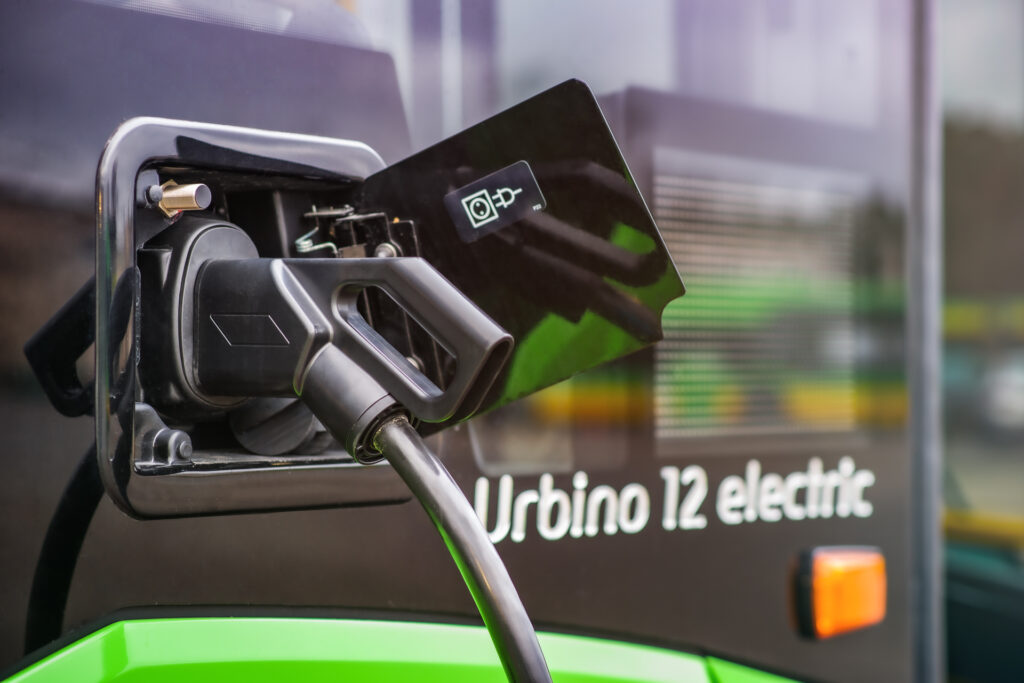Batteries are now an integral part of our lives, playing a key role in electric vehicles, but also in various electronic devices. Although lithium-ion cells have been around for a long time, the process of regulating their use is still underway. Please be aware that new regulations will soon come into force that will set a number of requirements, including battery design, information and testing of batteries produced, as well as their re-use and recycling.
The new regulations are based on two pieces of legislation. The first is Regulation (EU) 2023/1542 of the European Parliament and of the Council of 12 July 2023 concerning batteries and waste batteries. The second is European Critical Raw Materials Act, which will take effect in 2024. The regulations will cover all types of batteries, from portable to industrial, from those used in electric vehicles to those used in light transport such as electric bicycles and scooters. What changes will they bring? Read on to find out!
Design of Portable Batteries
The regulations stipulate that portable batteries built into devices must be removable and replaceable by the end user by 2027, giving operators plenty of time to adapt the design of their products to meet this requirement.
This legislative format means that manufacturers of smartphones and other popular electronic devices will have to redesign their products and provide batteries as spare parts over a five-year period. Ultimately, this will mean fewer devices to dispose of and a longer life cycle. At the same time, companies will not be able to use software-level solutions that make it impossible to replace batteries.
Carbon Footprint of Batteries
One of the key elements of the new legislation is the mandatory declaration of the carbon footprint (CF) of batteries. The calculation of the carbon footprint of batteries must comply with the European Commission’s Product Environmental Footprint (PEF) methodology and relevant category rules (PEFCR), such as the PEFCR for high energy density batteries for mobile applications.
In addition, the new regulation sets out specific requirements for data collection, impact calculation, reporting and verification of the carbon footprint of batteries. While the current regulation only addresses carbon footprint reporting, the European Commission is working on additional regulations that will take a more holistic approach to minimising environmental impacts across all industries.
Battery Passport
Information on carbon footprint, percentage of recycled material, battery performance and manufacturer will be included in the digital passport on the product. This will require a conformity assessment procedure by the relevant body, which will certify that the assessment has been passed, allowing the manufacturer to make a declaration and display the CE mark. The labelling requirements will come into force in 2026 at the latest, and the mandatory use of the QR code will come into force in 2027.
Battery Control
An important element of the changes will be the inclusion of large operators placing batteries on the market in the so-called ‘due diligence’ obligation, which will be verified by external bodies. It will be established for batteries and will identify the critical raw materials, namely cobalt, natural graphite, lithium, nickel, and the associated risk categories, such as environmental, climate and human health impacts, human rights, labour rights and labour relations, and social life, including the social life of indigenous peoples.
Waste Management
The new Regulation sets collection targets for producers of waste portable batteries (63% by the end of 2027 and 73% by the end of 2030) and introduces a specific target for the collection of waste batteries from light transport vehicles (51% by the end of 2028 and 61% by the end of 2031). It also sets targets for lithium recovery of 50% by the end of 2027 and 80% by the end of 2031.
It also introduces minimum levels of materials to be recovered from spent batteries, such as lithium (50% by 2027 and 80% by 2031), cobalt, copper, lead and nickel (90% by 2027 and 95% by 2031). But it doesn’t stop there – minimum levels are set for the content of recycled materials from production and consumer waste to be used in new batteries.
The Future of Batteries
There is no doubt that the new regulations cover virtually the entire life cycle of batteries. The main motivation for their introduction is, of course, concern for the environment, increased transparency, safety and respect for human rights in the battery sector. The initiative is incredibly important, especially in light of the huge growth in electric mobility. Demand for batteries is expected to increase more than tenfold by 2030.
Read also about the new regulations regarding charging infrastructure, which come into force in April 2024!





